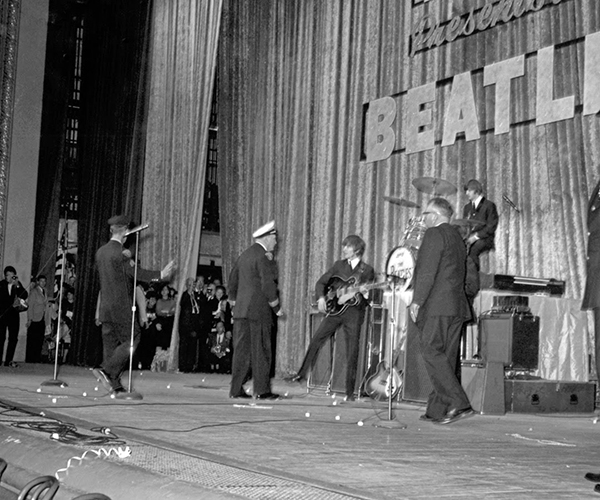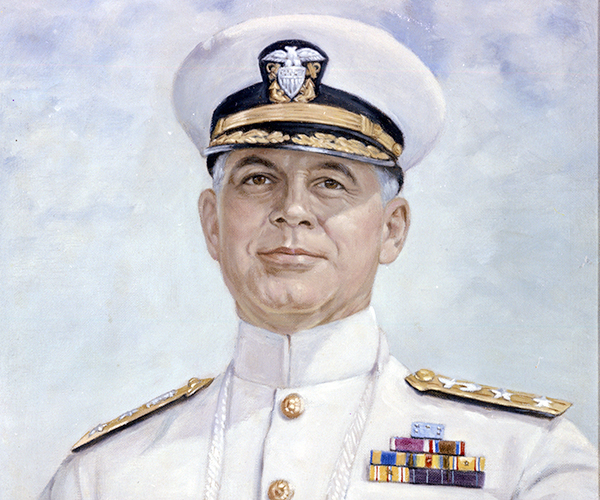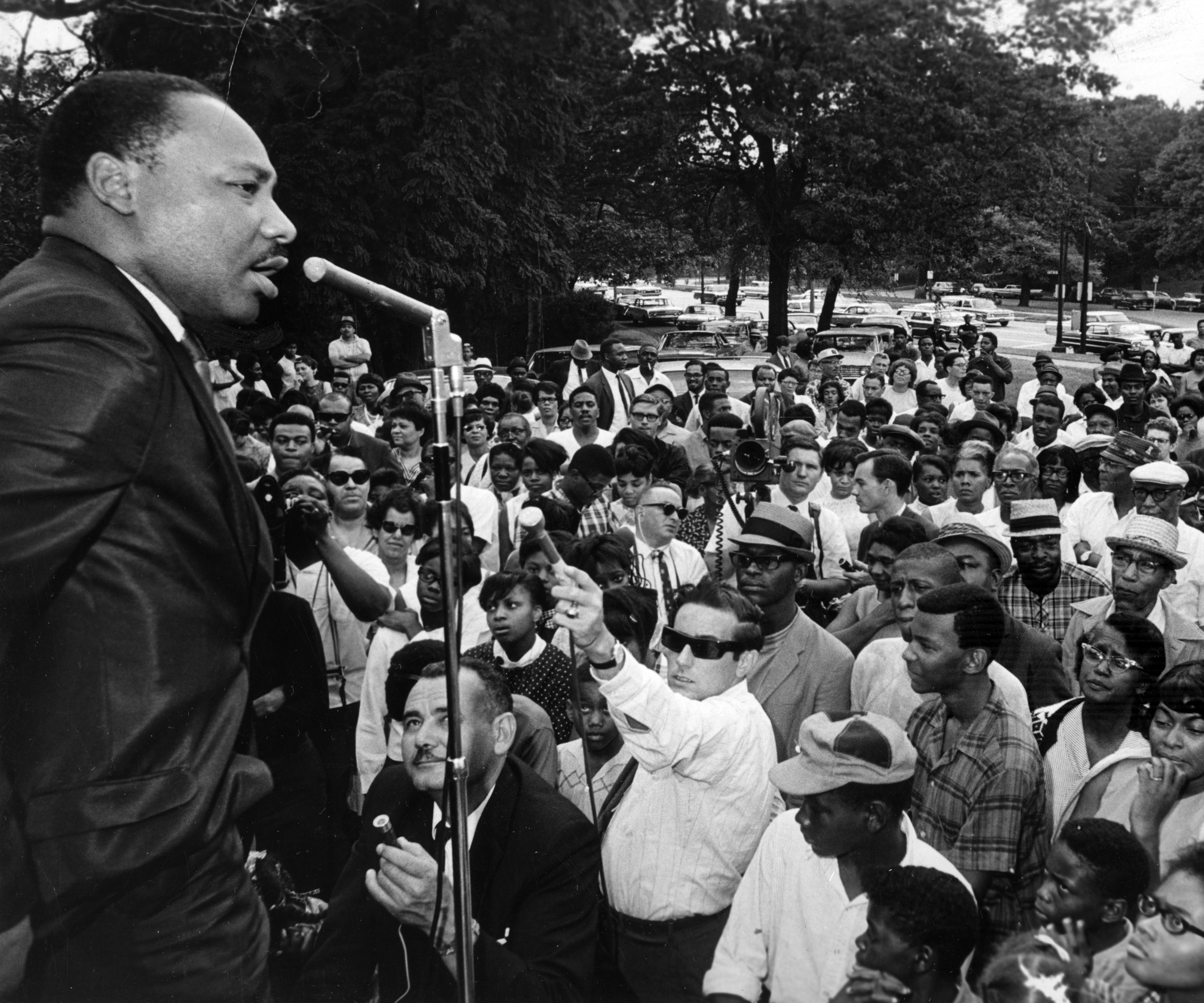From their station on the West Pier at the mouth of the Cuyahoga River, the men of the U.S. Life-Saving Service fished freighter crew members out of Lake Erie's cold waters. Cleveland was a city of industrial might in 1905 with 364,000 workers in its labor force. Growth along the lakefront meant increased boat traffic.
The eight-man crew, under the command of keeper Charles E. Motley, was on constant duty eight months of the year. For risking their lives rowing through chop and storms in bulky self-bailing surfboats, they were paid $65 a month, not including the price of their uniforms and board at the station.
That year, The Plain Dealer demanded greater support for the lifesavers, who were called more than 40 times and saved at least 100 people during the perilous 1905 shipping season. The paper called for another station between Cleveland and Ashtabula, as the Cleveland station already had its hands full with increased local traffic. "The men of the local station do all that men can do," proclaimed the Nov. 22 editorial, "but there are limits to human endurance."
The Life-Saving Service became the U.S. Coast Guard in 1915.



